Author: Gracie Meng-Pitkänen, worked as a Chinese teacher in Finland and China
I have used the building blocks and methods presented in LessonApp in the following lesson planning. The methods in the app are very versatile which offer a lot of options to choose. My class is consisted of children with different ages but with similar level of Chinese language skills. They attended Chinese lessons outside their normal school time. Having interesting and engaging lessons in relaxing atmosphere is very crucial. I found that the methods in LessonApp used commonly by Finnish teachers are very student-centred and therefore appealing for students.
Finnish teachers’ pedagogical skills are often mentioned in the Finnish education successful stories. Many educators from other countries, like me, should learn from.

Learning objectives:
- Learn to pronounce and recognise new characters
- Make phases and sentences with new characters
- Communicate freely with new characters and phases in real life situation
Group size: 7
Length of class: 45 minutes
1. Warm-up (2 mins)
Method: Relaxation
A brief, relaxing, and simple way to start the lesson with a tranquil atmosphere. It helps children to concentrate and relax.
The children close eyes. Play Chinese relaxing music to them. Children touch themselves lightly with their favourite soft toys.
2. Orientation/Pre-existing knowledge (10 minutes)
Method: Read
Reading a chapter from the textbook or other written material is a good way to get familiar to new knowledge.
Tell the students to read a short paragraph which is part of the article we are going to learn, and the new characters (with Pingyin) can be spotted when reading.
3. New knowledge acquisition (15 minutes)
Method: Drama
Drama is an appealing way to make children interested in the lesson’s topic and activate them to learn.
The part was carried out in the following steps:
1) watch a recorded play based on the article a few times
2) play and pause before the new characters/phases/sentences, then students can try to continue the play
3) students try to act the whole play in different roles with my help
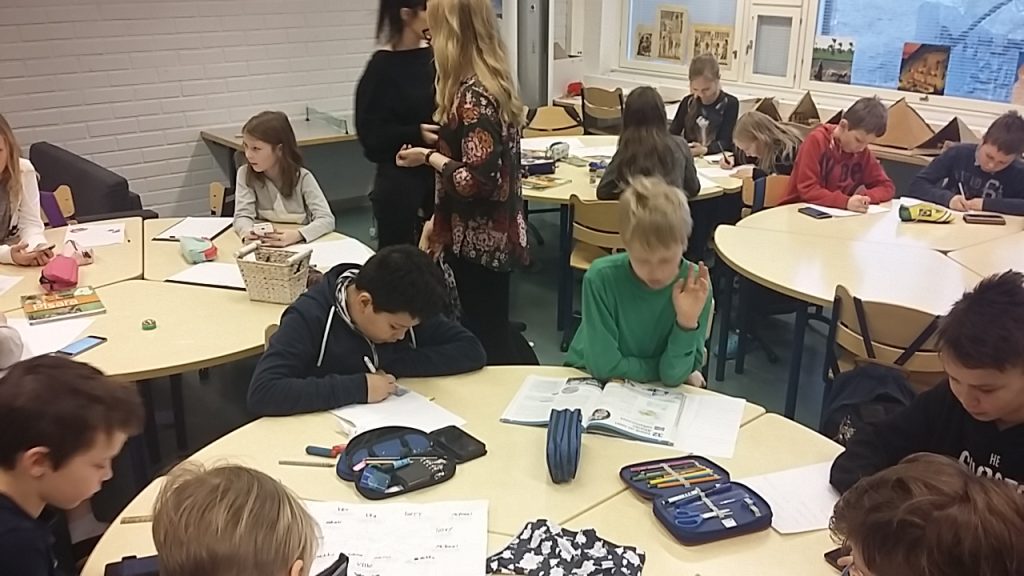
4. Practicing (15 minutes)
Method: Collaborative grid
Collaborative grid is a cooperative method that improves students’ communication and interaction skills.
All students write down the new characters and phases on the cards. One student puts the cards in certain order on the grid and explains how he/she has arranged them, and the others try to copy the order by listening to the instructions. Students can challenge themselves by explaining the cards in different ways.
5. Reflections (3 minutes)
Method: Buzz groups
The method is used for reflecting upon what has been learned.
Ask students question related to the article we learned. Students discuss among themselves. After a while, students share their thoughts or ask me if they have further questions.
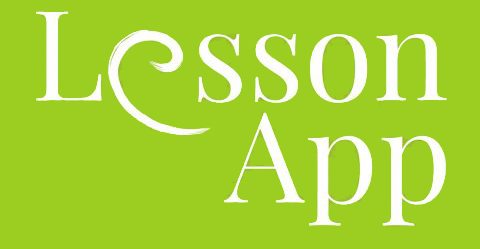
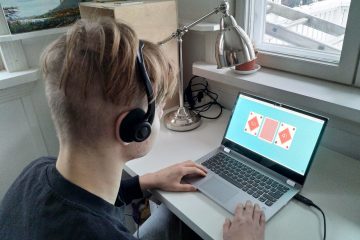
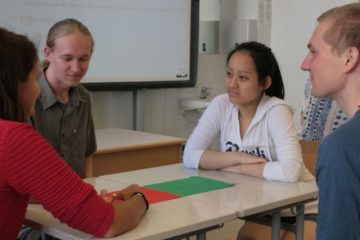
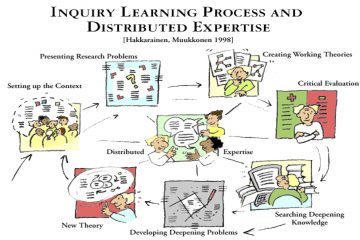

0 Comments